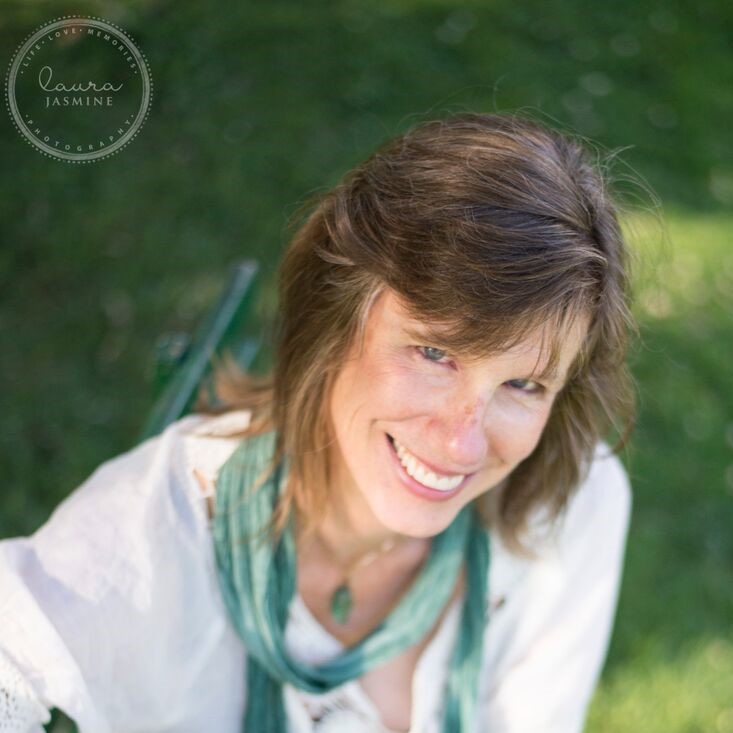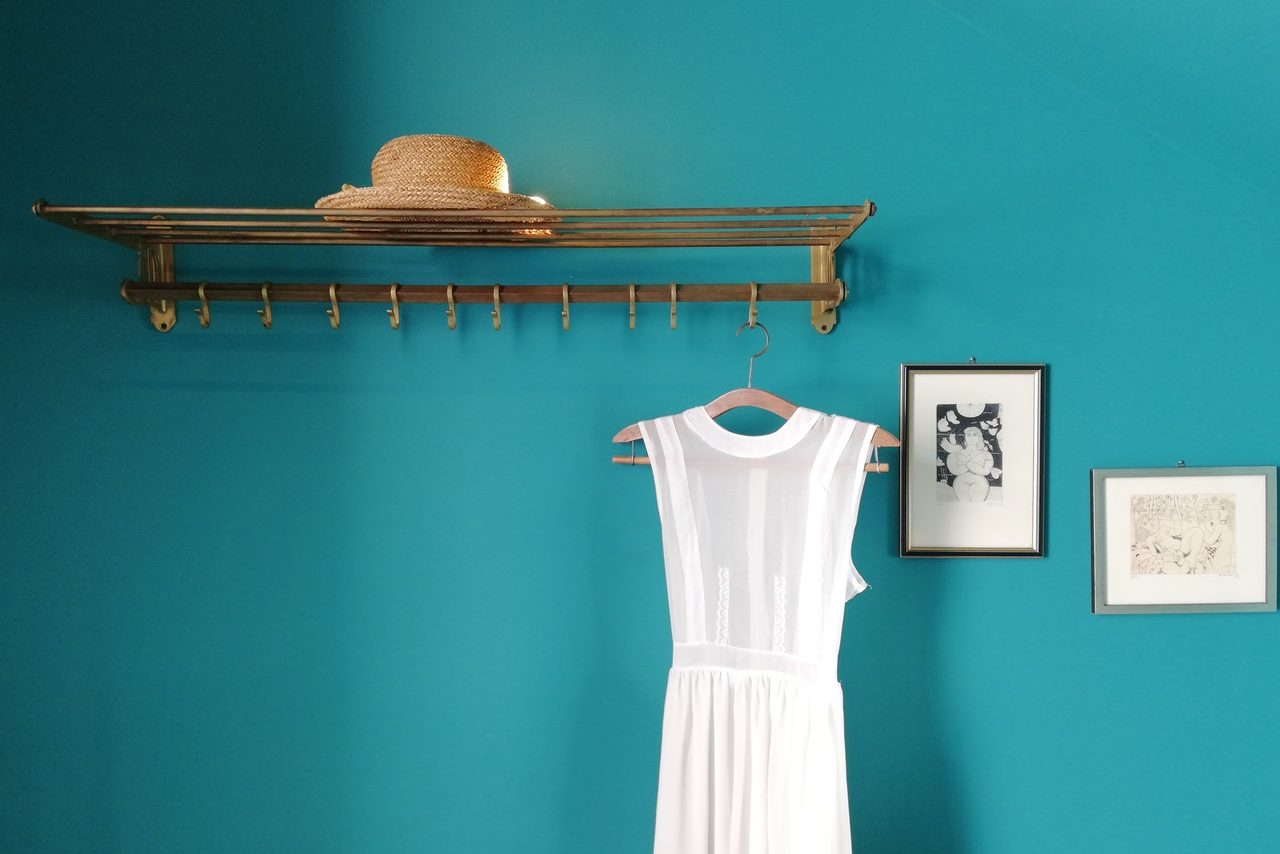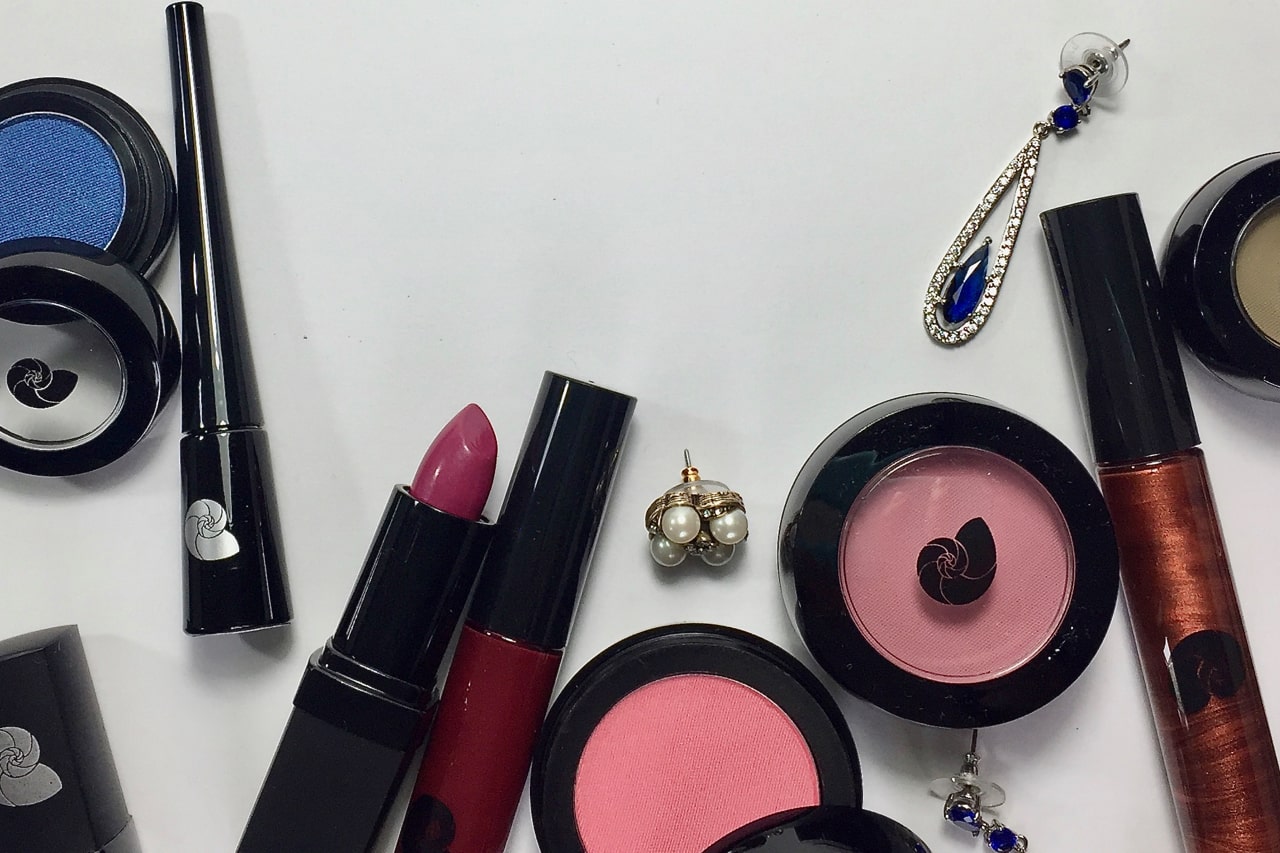It’s been intriguing for me to realize there is a pithy piece of wisdom embraced and shared amongst my friends, my like-minded peeps — that always makes me want to say “yes… BUT!”
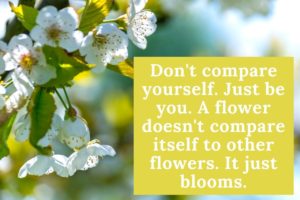 On the one hand, I so agree with the spirit behind those memes on the negatives of comparing yourself to others: to compare is to despair.
On the one hand, I so agree with the spirit behind those memes on the negatives of comparing yourself to others: to compare is to despair.
A passionate YES that all the many kinds of plant blossoms are beautiful in their own ways. That some of us are more starshine, while others are moonshine or sunshine, or twilight, or northern lights… of course, this is true. Indeed, ”differently fascinating” is embedded into the very foundation of colour and body style analyses.
On the other hand, I’ve realized for this aphorism to carry the most meaning for me, there are a couple of layers to unfold.
Let me count the ways… to make comparisons
First, there is the assumption there can be only one meaning to “comparison”: that we are automatically asking “which one is better?” Or more valuable, more worthwhile. But the very fact of talking about the 12 distinct colour families, or the various types of bodyline archetypes, inherently requires a different definition of “comparison”. That is, the factual objective sense of the word: “a consideration or estimate of the similarities or dissimilarities between two things or people”. And that is key: there can be contemplation of differences that are not on a gradient of superior to inferior. Rather, just literally “how are these different?”, with no attachment to better or worse.
(As a related aside, I do love that immersion in the world of colour analysis and bodyline analysis naturally moves you away from the – almost irresistible – binary thinking of people being attractive or not. You get so caught up in trying to figure out the riveting mystery of where someone best belongs, of what their kind of magnetism is, that the common cognitive shortcut of “yes or no?” completely falls away. And you experience over and over again that unlocking the puzzle means seeing the person as a compelling and charismatic whole, regardless of being conventionally “good-looking” or not.)

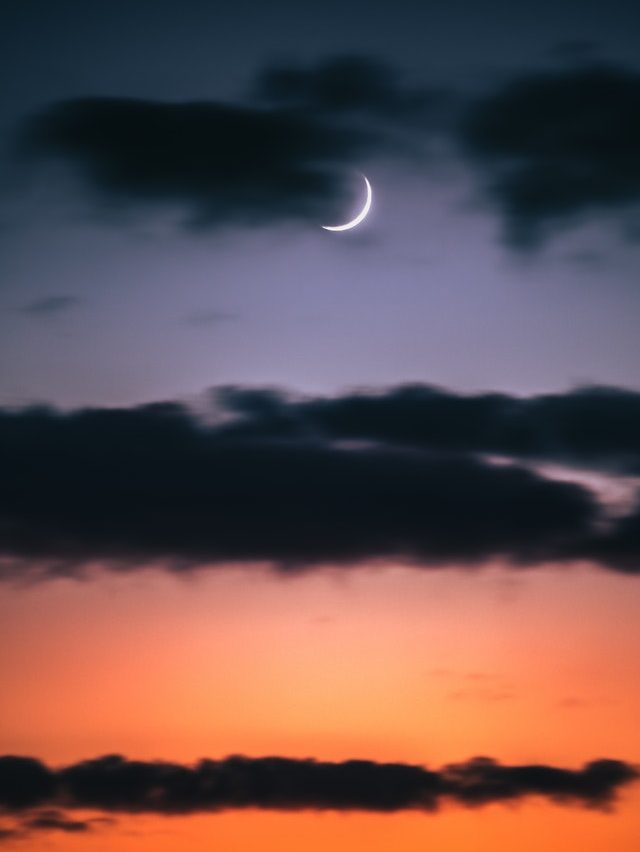

A guide on the journey
While statements about each of us being uniquely captivating do feel like a powerful philosophy or truth, they turn out to be more of a destination than a roadmap, as they don’t address the question of how to get there: How do you know what type of fascinating you actually are? In fact, there seems to be an assumption we’ll just know… but do we? You may know in your gut you are not an iris type of beauty, but are you more of a sunflower? Or a violet? a daisy? bird of paradise? a peony? It’s true that one colour season or body archetype is not better than another – but one IS a better fit for you.
This is a missing piece to this philosophy, to me. And this is where the power of colour and bodyline analyses come in. Comparison is precisely how we figure out which of the 12 breathtaking colour families you belong to, or which of the 10 or 16 archetypes best captures your bodylines.
Without comparing you to different drape colours, how can we find the family of colours that make your eyes like jewels and your skin luminous? It’s seeing you with the “wrong for you” colours that allows us to eliminate step by step, in order to get you to your home. You see the process, and WHY you belong where you do and not in the other seasons.
Plus help with next steps
And once you know which “differently fascinating” you are, the next question is how to make the most of it. Because it makes sense that all the different kinds of beautiful would be enhanced by different kinds of colours and styles. So again, colour and image archetype analyses have the answer: When you are analysed, you learn not only your type of fascinating, but also what that means in terms of choosing the colours, and the types of clothes, jewellery, and hairstyles that best bring out your type of magic.
And yes, this is in direct contradiction to a persistent tenet of some in style expertise: that there are universal clothing items / colours that work for everyone. Umm… hard no on that. Regardless of what may happen to be on trend at a given time or place, there is no single “little black dress” that equally enhances everyone. Nor a single cut of jacket or piece of jewellery. When something touted as universal feels disappointing on you, know that it’s NOT you. You can either happily walk away from it, or find your version of it.
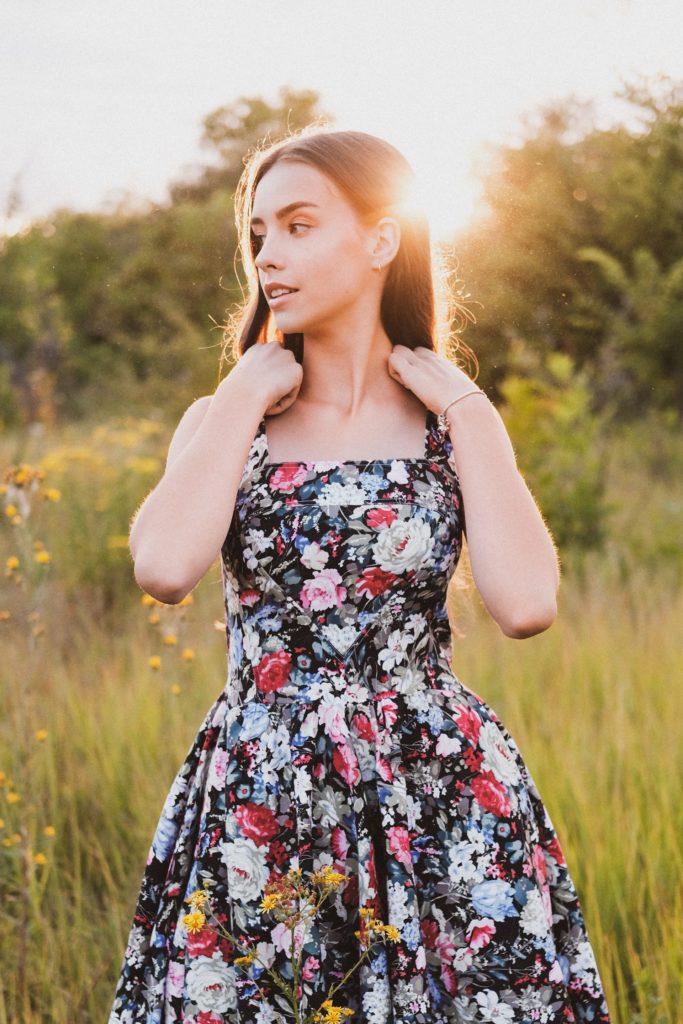 Typical commentary on this type of dress: “The fit and flare looks great on just about everyone, and will never go out of fashion. Just like its name suggests, this dress is fitted through the bodice, flaring out from the hips all the way to the bottom seam. It creates a slimming, balanced silhouette, accentuating the smallest part of the female figure while hiding problem areas.” – There is no dress that looks great on “just about everyone”.
Typical commentary on this type of dress: “The fit and flare looks great on just about everyone, and will never go out of fashion. Just like its name suggests, this dress is fitted through the bodice, flaring out from the hips all the way to the bottom seam. It creates a slimming, balanced silhouette, accentuating the smallest part of the female figure while hiding problem areas.” – There is no dress that looks great on “just about everyone”.
Stepping through the door
In sum: One of the many reasons I am passionate about colour and bodyline analyses is that you get to see yourself in YOUR innate glory, as you truly are, without distortion from conflicting colours or lines. So yes, everybody is “differently fascinating”. Everybody is electric, and everybody, every single person, has juice – if the world isn’t seeing it, if you aren’t seeing it, it’s simply interference from “wrong for you” colours or clothing style. And you can catalyse that change in an instant. The keys are waiting for you.
